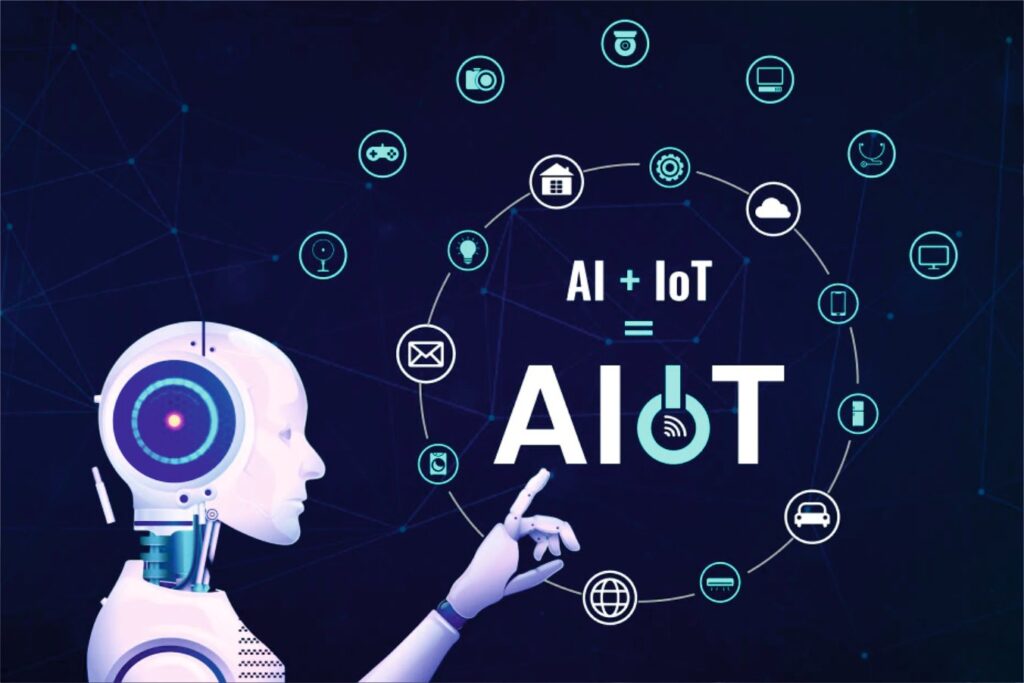Today we introduce 5G technology as a new era in digital communication that will help reduce latency, provide a stable network, and improve the speed of the internet. This blog will focus on how 5G would revolutionize the major cities and industries but rural communities will be the biggest beneficiary. Over several years, rural areas had a problem obtaining or having access to the internet connection which is known as the “digital divide”. This divide separates those who can easily access the new technologies and those who cannot, which exacerbates economic and social inequalities. Furthermore, in this blog, we will discuss how 5G can help bridge the gap between urban and rural areas by revolutionizing local economies and increasing the opportunities for the people living in rural areas.
Meaning of the Digital Divide
The digital divide refers to the gap between individuals and communities having access to communication technologies and modern information and those who do not have access to these technologies. In some cases, the urban-rural divide is even more significant because even in the best-case scenario it is expensive for ISPs to establish networks required for high-speed broadband in rural areas. Internet is required to access education, and medical facilities and to find job opportunities in this dynamic world. Rural people face various challenges such as economic stagnation and less access to services. This gap needs to be addressed as it helps in ensuring that people living in rural areas have equal access to these technologies in the rapidly evolving digital economy.
Role of 5G Technology to Bridge Digital Divide
- Quick and more reliable connectivity: One of the significant advantages of 5G is that it helps in delivering faster internet speeds and more stable connections as compared to the existing 4G, and broadband connections. Some of the factors like low internet speed, and unstable signal due to which people face difficulty in accessing online services in rural areas. 5G is further going to offer a massive boost to the internet speed for rural sectors so that they can facilitate appropriate data speed for seamless video and voice calls, downloads, and streaming. Such improved connectivity can impact different parameters of life including telemedicine, and education thereby boosting quality of life.
- Enhancing Local Economies: Enhanced access to the internet through 5G can transform rural economies by providing new opportunities and making investments. With a stable internet connection, small and medium enterprises in rural areas will be able to offer products and services online, enhance their supply chain systems, and connect with customers globally. In addition, smart farming and the process of precision agriculture can drive the growth of these industries using 5G technology. This technology also helps farmers monitor the condition of crops, and the use of water with Internet of Things (IoT) devices to increase yields and minimize waste. This technological integration assists in increasing profits for rural farmers and provides real-time data.
- Access to healthcare services and telemedicine: One of the crucial applications of 5G technology is improving access to healthcare services through telemedicine in rural areas. The people residing in rural areas face difficulty in accessing healthcare services due to the lack of skilled healthcare professionals. Moreover, 5G technology can facilitate the utilization of telemedicine by offering low latency, and bandwidth for remote surgery, monitoring the patients remotely, and virtual consultations. This technology enables patients to receive medical advice on time without traveling long distances. Seeking virtual advice from healthcare professionals is beneficial for disabled and elderly people living in rural areas.
- Enhanced infrastructure and public services: 5G technology plays a crucial role in enhancing infrastructure and offering services to the people in rural areas. Smart infrastructure powered by 5G helps in increasing safety, managing the consumption of energy, and optimizing transportation systems. For example –A smart transportation system will assist rural communities in increasing safety on roads, optimizing the flow of traffic, and managing the networks of public transportation. This technology helps in deploying smart grids that manage and monitor the utilization of energy in real-time, minimize waste, and reduce costs for rural households.
Challenges in Implementing 5G Technology in Rural Areas
Despite several advantages of 5G technology, there are various challenges in implementing this technology in rural areas. One of the significant challenges is the cost of implementing 5G infrastructure in populated areas. However, 5G provides a cost-effective solution compared to traditional broadband services. Availability of spectrum in rural areas is another challenge concerning the implementation of 5G technology. The rollout of 5G technology depends on the availability of spectrum bands due to which people living in rural areas might face difficulty in accessing these bands. The issue of digital literacy is another potential challenge faced by rural communities. 5G technology provides enhanced connectivity but a lack of skills and knowledge among people living in rural areas makes it challenging for them to take advantage of these advanced technologies.
Conclusion
5G technology can revolutionize rural areas by bridging the gap (digital divide) by offering quick, stable connections to the internet. The impact of 5G technology on rural communities can be transformative as it helps boost local economies including offering services to the public, access to healthcare, and education. Despite various challenges, 5G technology helps establish a more inclusive and connected future for the people living in rural areas. However, by closing the technological gap, this technology helps in fostering sustainability, inclusivity, and empowerment in rural areas. This helps to unlock the full potential of the digital economy globally.



Your point of view caught my eye and was very interesting. Thanks. I have a question for you.
Your point of view caught my eye and was very interesting. Thanks. I have a question for you.
Thanks for sharing. I read many of your blog posts, cool, your blog is very good.